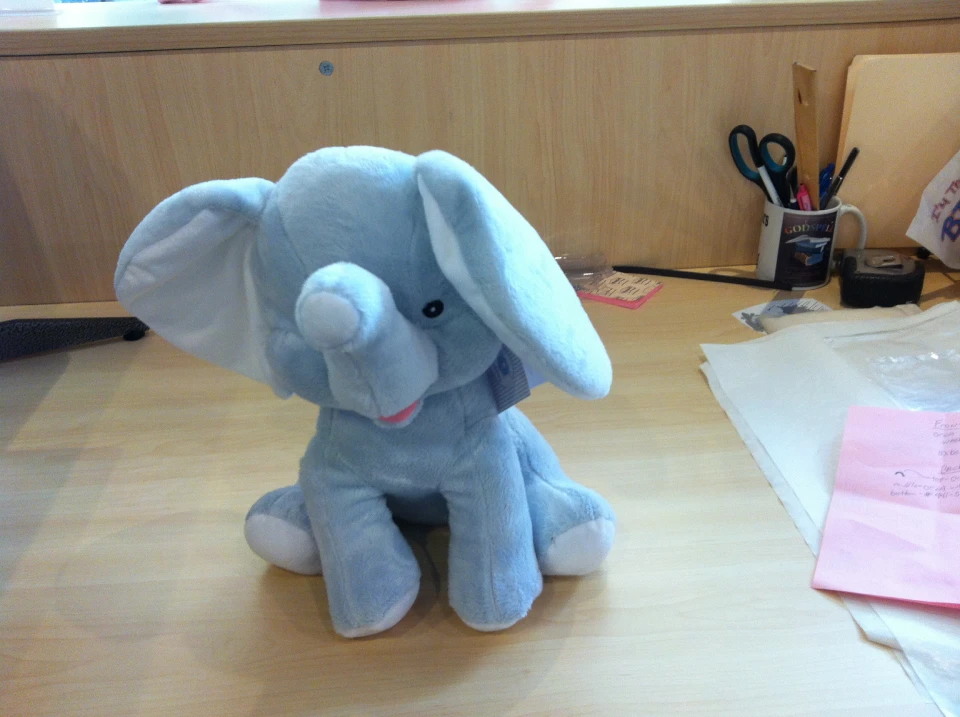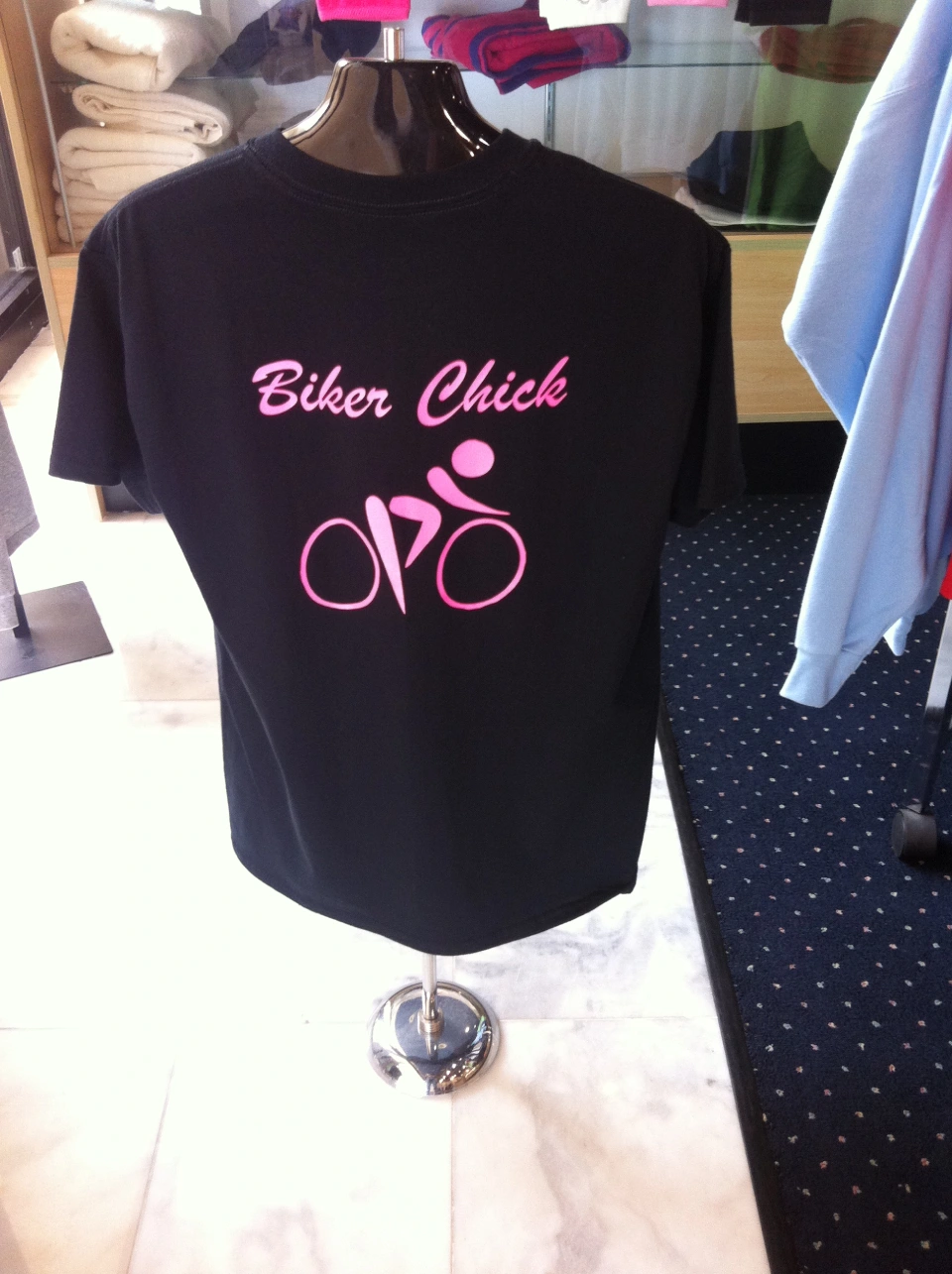Heat Transfer on T-Shirts and Aprons - Customized Layouts and Logos
Heat Transfer on T-Shirts and Aprons - Customized Layouts and Logos
Blog Article
The Art of Custom Embroidery: Unlocking the Tricks to Creating Special and Remarkable Styles
Embroidery, a craft soaked in practice and creativity, holds within its intricate stitches the power to transform textile into a canvas of unique expression. The keys to developing custom-made embroidery styles that captivate the eye and leave a long-term perception depend on a fragile balance of technique, imagination, and attention to information. As we explore the globe of custom embroidery, we discover the nuanced interaction in between thread choice, stitch intricacy, and design personalization that raises a mere garment to an artwork. Join us on a journey with the art of customized embroidery as we decipher the enigmas behind crafting really remarkable and distinct creations.
Choosing the Right Embroidery Threads
When choosing needlework threads, what key elements should you take into consideration to make sure the most effective outcomes for your customized designs? The choice of needlework string is crucial in identifying the last end result of your stitched layout. One of the key considerations is the product of the thread. Different materials such as cotton, polyester, rayon, and silk supply differing degrees of shine, durability, and structure. It is necessary to choose a string product that complements the material you are embroidering on and straightens with the wanted look of the layout.
Thicker strings can add measurement and structure to your layout, while finer strings are perfect for intricate information and tiny text. In addition, thinking about the shade fastness and washability of the string is crucial to ensure that your customized designs maintain their quality and vibrancy over time.
Exploring Different Stitch Strategies
To look into the world of 'Discovering Different Stitch Strategies', one should understand the intricacies and subtleties that each sewing method offers the art of embroidery. Different stitch techniques not only include aesthetic passion but likewise contribute to the overall texture and measurement of the style. One prominent stitch strategy is the satin stitch, which includes carefully packed parallel stitches to develop a smooth and glossy surface area, suitable for completing shapes and developing bold lays out.
On the other hand, the backstitch is a flexible technique typically utilized for describing and including fine details. It includes sewing backward to produce a solid line of embroidery. In addition, the French knot stitch adds a tactile component to styles, ideal for producing textured accents like flower centers or decorative touches.
Exploring various stitch methods permits embroiderers to play with light, darkness, and deepness within their designs, boosting the visual allure and artistic top quality of their needlework jobs. By mastering numerous sewing methods, one can unlock unlimited possibilities for developing one-of-a-kind and memorable personalized needlework pieces.
Incorporating Personalized Style Elements
Having explored the complexities of various stitch techniques such as the satin stitch, backstitch, and French knot, the focus currently shifts in the direction of integrating individualized design aspects in customized needlework tasks. Customized style components play an important duty in making needlework jobs really special and remarkable. One way to incorporate personalization is by adding initials, names, or considerable dates to the style. This not just adds a personalized touch yet likewise improves the sentimental value of the needlework piece.
Another method to incorporate personalized layout aspects is by including symbols or concepts that hold special meaning click resources to the recipient or mirror their interests and character. For example, including a preferred blossom, pet, or hobby-related sign can make the embroidery click over here design more purposeful and personalized. Furthermore, choosing shades that reverberate with the recipient or straighten with the intended theme can even more improve the customization of the embroidery task.
Grasping the Art of Color Control

One secret facet of shade coordination is comprehending color theory. This consists of understanding just how various shades interact with each other, the emotions they convey, and exactly how they can be combined to produce aesthetically appealing layouts. By using color concept concepts, embroiderers can create unified shade combinations that enhance the overall look of the design.
Furthermore, taking note of comparison is crucial in color sychronisation. Making use of contrasting colors can help certain elements of the layout pop, enhance clarity, and create an aesthetically dynamic embroidery piece. By grasping the art of color sychronisation, embroiderers can boost their layouts and develop unforgettable pieces that resonate with clients and customers alike.
Enhancing Texture With Advanced Embroidery Stitches

French knots, for instance, are excellent for adding little, increased dots to your layout, simulating the look of beads or producing a distinctive surface. Bullion knots, on the other hand, can be utilized to develop twisted, ropelike components that include an extravagant feeling to the needlework. Seed stitching entails little, scattered stitches that can fill in locations with a speckled appearance, while turkey job produces fluffy, dimensional accents similar to animal hair or look at more info vegetation. Experimenting with these sophisticated embroidery stitches enables you to push the boundaries of conventional needlework and develop absolutely one-of-a-kind and visually attractive appearances in your designs.
Conclusion
To conclude, the art of custom-made embroidery includes a mix of choosing the best threads, discovering different stitch strategies, incorporating tailored style aspects, mastering shade coordination, and improving appearance with sophisticated stitches. By understanding and implementing these vital components, embroiderers can develop unique and memorable designs that showcase their creativity and skill. Embroidery fanatics can open the tricks to producing gorgeous and custom pieces that attract attention and leave a long lasting impact.
Report this page